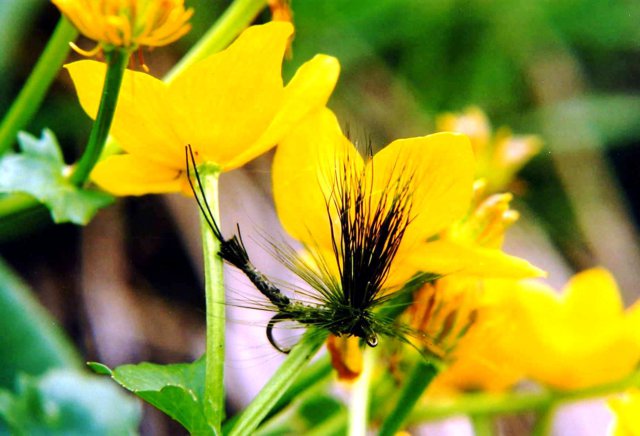Most fly fishers have a "go-to" fly. One trusty pattern that will catch a fish no matter the situation or conditions. Flies like an Adams, Humpy, Variant or Woolly Bugger fit the bill when trout, grayling or mountain whitefish are in an opportunist feeding pattern and will eat anything buggy looking that the river presents them with. But under optimum conditions when fish are keying on one specific insect, especially when one of Alberta’s "super-bug" hatches is underway - to take full advantage of the ideal situation a presentation much closer to the natural is required.
Well stocked fly boxes with representative patterns of the important mayfly, stonefly, hopper caddis fly, backswimmer, chironomid and leech patterns call spell their difference between a super day on the river or one filled with frustration and failure.

One fundamental way to cut down on the start-up costs is to learn to tie your one flies.
Hatch charts available in several Alberta-based books will provide fly fishers with a list of patterns required to maintain a well-stocked fly box. While several hundred flies can appear a high financial hurdle for a beginning fly angler, one fundamental way to cut down on the start-up costs is to learn to tie your one flies. There are thousands of videos on the internet demonstrating how numerous popular flies are assembled if you are a do-it-yourself learner. While many fly shops and angling clubs, like Trout Unlimited Canada chapters, offer fly tying lessons and mentoring. It’s also a great way for the beginning fly angler to meet a community of like-minded fishers.


